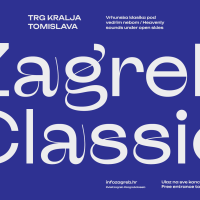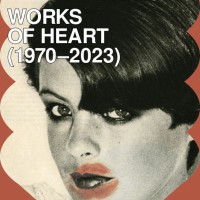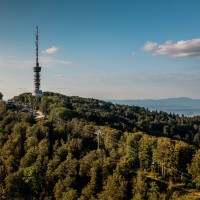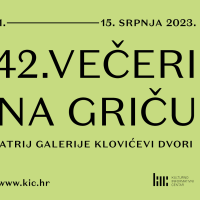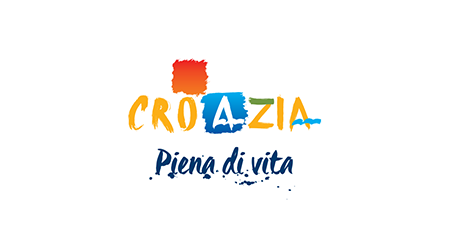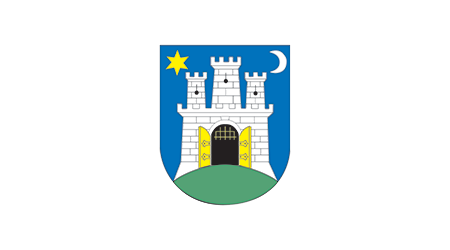Croatian Apoxyomenos Returns to Zagreb
The famous global traveller, the Croatian Apoxyomenos, one of the most valuable bronzes dating back to the Hellenistic culture, returned to Zagreb at the beginning of February. Those who wish to see it will be able to do so until the end of August at Mimara Museum.
 After having travelled the world, the Croatian Apoxyomenos has returned to Zagreb. It will be on display at the Mimara Museum until the end of August. This valuable bronze of a young Greek athlete was first exhibited in Zagreb a few years ago and then, to the delight of many, it started touring other cities.
After having travelled the world, the Croatian Apoxyomenos has returned to Zagreb. It will be on display at the Mimara Museum until the end of August. This valuable bronze of a young Greek athlete was first exhibited in Zagreb a few years ago and then, to the delight of many, it started touring other cities.
So far it has been exhibited in Florence, Osijek, Rijeka, Split, Zadar and Ljubljana. While the bronze is waiting to be given a permanent abode in the future Croatian Apoxyomenos Museum in Mali Lošinj, it will stop in Zagreb on its way to the Louvre Museum in Paris where it will be exhibited from September to December, as part of an antiquity exhibit. It will occupy a separate spot in the most frequented part of the museum, where it will benefit from special lighting. It is expected to be seen by several million visitors.
Why all the pomp, and why the museum in Mali Lošinj? Many already know, but let us remind ourselves that the bronze is a masterpiece of ancient art. The sculpture represents an athlete who after participating in a competition is portrayed at the moment he is cleaning his body of oil, sweat and dust with a special tool called a strigilus. The statue was discovered by chance by a Belgian diver in 1996 in the vicinity of the island of Lošinj. More precisely, the sculpture was found on the sandy seabed near the islet of Vela Orjula. After an extensive research, it is now assumed that it had been transported onboard a Roman vessel which sunk in a storm. Why it sunk will remain a secret forever.
One thing is certain: the find has greatly enriched the Croatian and world cultural heritage. It is estimated that the sculpture dates back to the 4th century B.C. It is one of the few preserved large Grecian bronzes. A similar one was discovered in Ephesus in the 19th century which is today kept by the Kunsthistorisches Museum in Vienna, whereas a museum in Texas holds just a head, without a body. There are several other replicas of Apoxyomenos in the world, but they are all made of other materials. The bronze has been thoroughly restored by the Croatian Restoration Institute in cooperation with experts from Italy. In 2007, the project received a Cultural Heritage Award by the European Union and Europa Nostra in the Art Restoration category.
Visitors of the Mimara Museum will thus have an opportunity to see a veritable masterpiece. Numerous panels and video clips depicting all the stages in the life of the Croatian Apoxyomenos, starting with the discovery of the sculpture in 1996 to its recovery in 1999 and its conservation, will be at the visitors' disposal to help them understand its true value.
Published: 01.03.2012
 Hrvatski
Hrvatski English
English Deutsch
Deutsch Spanish
Spanish French
French Italian
Italian Russian
Russian Korean
Korean Japanese
Japanese Chinese
Chinese After having travelled the world, the Croatian Apoxyomenos has returned to Zagreb. It will be on display at the Mimara Museum until the end of August. This valuable bronze of a young Greek athlete was first exhibited in Zagreb a few years ago and then, to the delight of many, it started touring other cities.
After having travelled the world, the Croatian Apoxyomenos has returned to Zagreb. It will be on display at the Mimara Museum until the end of August. This valuable bronze of a young Greek athlete was first exhibited in Zagreb a few years ago and then, to the delight of many, it started touring other cities.